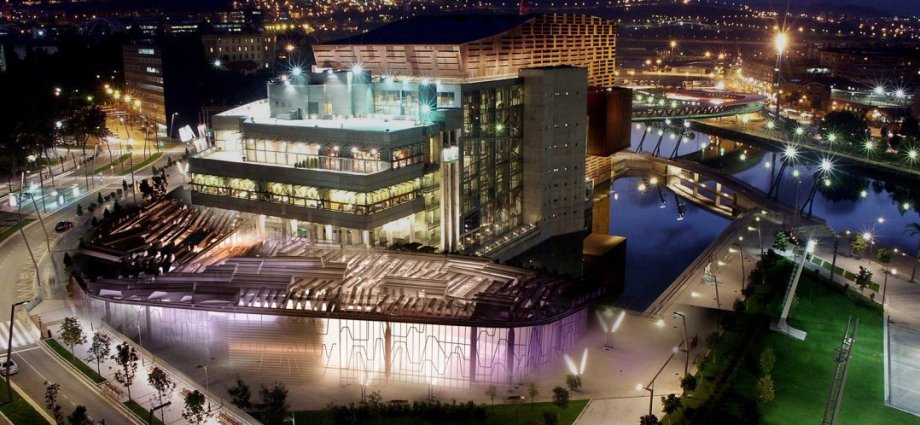The United Kingdom is recognised as one of the most mature countries in the globalised world today. It is reasonable to assume that for centuries the United Kingdom, being one of the most proactive countries, has taken one of the key roles in determining the pace of technological development on a universal scale. British technology has acquired popularity in practically all fields of science and economics – starting from animal breeding to medicine, transportation and energy production. British scientists have contributed significantly to the construction industry, as well.
In the 21st century, one of the most challenging issues for the entire world is environmental preservation and protection. One of the widely known relevant developments of the Building Research Establishment (BRE) is BREEAM certification (Building Research Establishment Environmental Assessment Method), a system for assessing the quality and sustainability of buildings. Since its development until today, this method has acquired international scope and is extensively used outside the UK. According to the press centre of the Building Research Establishment, more than 220,000 buildings outside the UK have been certified to this point and around one million are in the process of being certified.
A specific characteristic of the system is the methodology for allocating grades on several points relating to aspects of life safety, environmental impact and comfort. The grades are multiplied by the weighting coefficients reflecting the relevance of the building site and then summed up. This methodology ensures that the BREEAM system can be adopted in a number of different regions. The total score is awarded a rating on a five-point scale. Customers, in turn, purchasing or renting space in certified buildings, are assured of the high standard of the facility and the effectiveness of its service parameters, which affect not only resource consumption but also the cost of maintenance and repair work, staff productivity and their well-being.
BREEAM certification is relatively recent in Eastern Europe. Today, the number of certified buildings in this part of the world is much lower than the UK and Western Europe. Another distinctive feature is the absence of national standards for Eastern European regions, such as BREEAM UK (UK), BREEAM USA (USA) and BREEAM DE (Germany), which is the reason, the international requirements of BREEAM International are applied in Eastern European countries area.
The current circumstances in Poland are as follows: certification of commercial real estate objects is now a standardized practice, however, the practice of implementing BREEAM certification for projects of residential buildings has been relatively recent. According to the press centre of Building Research Establishment, projects of Skanska Residential Development Poland, i.e., Sp. z o.o. and Yawa sp. z o.o are actively being certified on the Polish market. The most famous BREEAM-certified housing projects in Poland include the Jaśminowy Mokotów low-rise construction project in Warsaw (implemented by Skanska).
Nevertheless, the mentality of Poles who are also members of the EU is slightly different from that of the other Eastern European countries.
We may consider more evidently the introduction of BREEAM certification in Ukraine.
A challenge to the market in Kiev, the capital of Ukraine, was raised by the developers company ENSO, the first in Ukraine to launch certification of Diadans residential complex to BREEAM standards. This is unquestionably the achievement of the Company’s head Ramil Mekhtiiev, who has previously participated in several international conferences on environmental protection and has even initiated the introduction of several international norms which regulate the environmental situation. Each progressive innovation has historically been associated with conservatism and scepticism on the part of business competitors.
ENSO’s practice in this instance was no exception to the rule, and the first reaction the company encountered was unjustified criticism, which, however, rapidly subsided. According to the Diadans project press centre, the future tenants responded favourably to the company’s willingness to demonstrate to the public that the project concept and technical solutions being applied are suitable enough to be internationally certified. This also impacted on the company’s 15% increase in sales after the certification was announced. In this respect, we believe that the commercial success of the certification will ensure the interest of other developers in evaluating their facilities and the readiness to be transparent to investors. It is also an indicator of the social level of public awareness of environmental problems in Ukraine. In addition to the ENSO project, there are 4 commercial real estate objects in Ukraine that have also been certified.
In Russia, 186 buildings have undergone BREEAM certification. This figure is second only to Poland, but is significant for Eastern Europe today. Commercial real estate objects, such as Romanov Dvor, BC Lighthouse and shopping centre MEGA-Dybenko, have mostly been certified. Among residential complexes, the first Breeam certificate was awarded in 2012 to Residential Complex “Triumph Park” located in St. Petersburg. The History of Certification of Buildings under the BREEAM standard in Russia is more numerous than most of its neighbours.
In Belarus only a single commercial real estate project – Omega Tower Business Centre – has been certified to BREEAM standards. There are no residential real estate projects that have been certified by BREEAM at the time of this article published. According to the BRE Press Centre information, there are no buildings that are currently being inspected for compliance with the standards.











